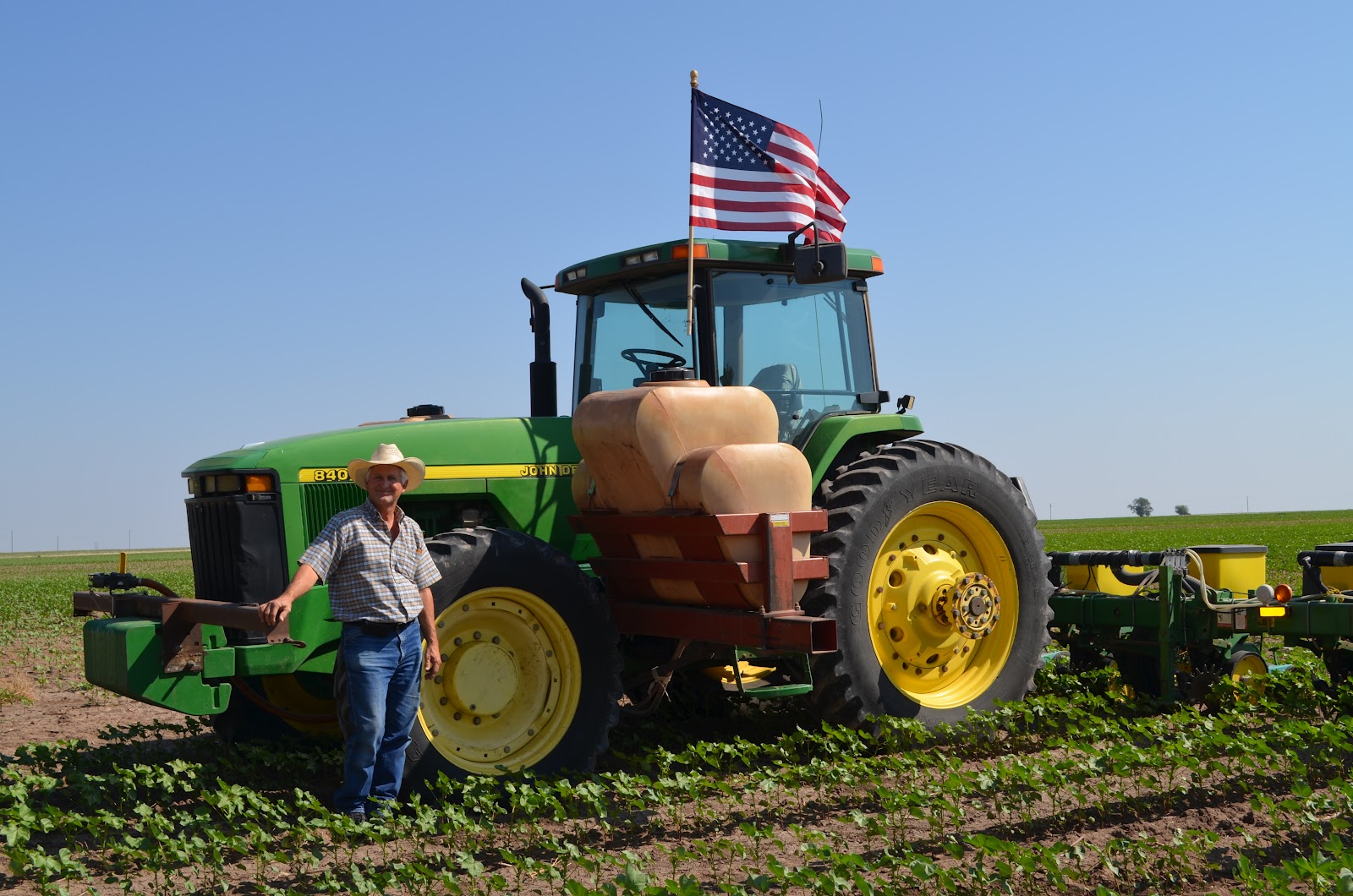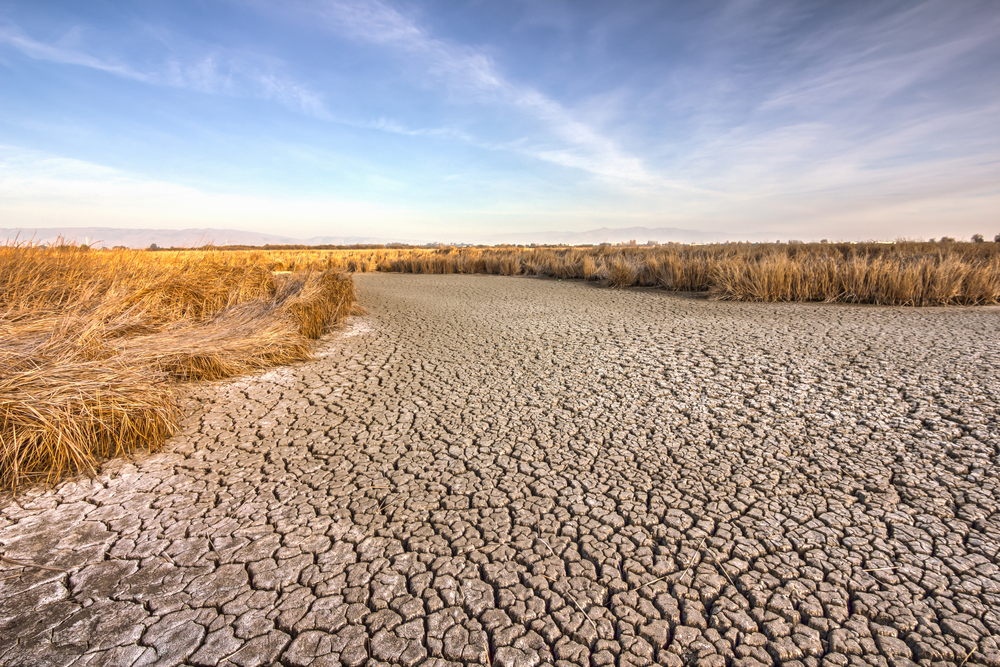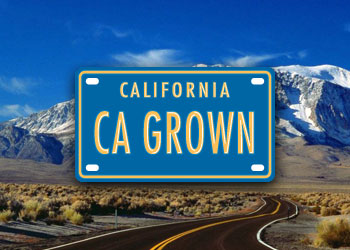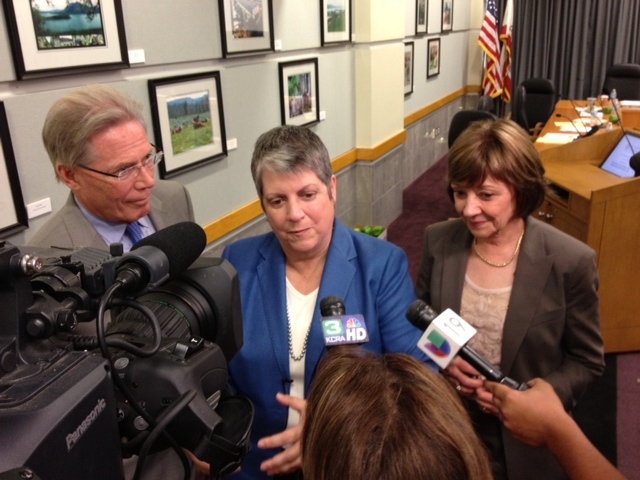California Rice Farmers Could Get Pollution Credit
Source: Edward Ortiz; The Fresno Bee
California’s evolving cap-and-trade market may soon have a new player: rice farmers.
A proposal by the California Air Resources Board staff, up for board approval in September, would allow rice farmers in the Sacramento Valley to sell carbon emission offsets as part of the state’s effort to combat climate change.
Rice farmers would flood their fields for shorter periods, which would reduce the decomposition process that emits methane – a potent greenhouse gas.
Businesses seeking to offset their own greenhouse gas emissions could buy credits from the farmers who had made gains in curbing pollution.
“The rice cultivation protocol is the first time rice practices have been identified as a potential source of greenhouse gas emission mitigation for California,” said Dave Clegern of the Air Resources Board.
The program, called the Rice Cultivation Projects Compliance Offset Protocol, is slated to go into effect on Jan. 1, 2015, and run for a 10-year period. State air quality officials and environmental groups say other crops could eventually be included in cap and trade as well.
“I think this rice protocol sets an important precedent for agriculture,” said Robert Parkhurst, director of agriculture and greenhouse gas markets for the Environmental Defense Fund. The nonprofit has been working with the California Rice Commission and the Air Resources Board to craft the program.
Rice was selected as the first crop because it’s a potent contributor of methane – a greenhouse gas implicated in climate change.
Methane is produced when rice farmers flood fields during spring seeding and prior to fall harvest. Flooding cuts off the soil’s exposure to oxygen. This causes anaerobic fermentation of the organic matter in the soil. Methane is an end product of that fermentation. The methane is released into the atmosphere primarily through the rice plant. A smaller portion bubbles up from the soil and escapes through the water.
The cap-and-trade program, launched in 2013, is an outgrowth of the state’s emissions-reducing law, AB 32. The program caps overall greenhouse gas emissions at a lower level each year. It allows industries to buy pollution allowances, within a certain limit, to offset their own release of greenhouse gases.
Farmers are largely exempt from cap and trade, and the offset program is voluntary for rice farmers. In order to sell credits, they will need to prove they changed the way they flooded their fields and reduced the amount of methane emitted as a result. The reductions will be measured using a complex computer model with independent third-party verification before offset credits are issued, according to the air board.
Those reductions can then be sold as part of the cap-and-trade program – at a market rate.
“For this to be successful, we’re going to need to see a group of farmers get together to cooperate in order to create these projects,” said Parkhurst. “The opportunity is large because there are a large number of acres, but the credits per acre (figure) is on the small side.”
The amount of methane that can be reduced would be about a half a ton to a ton per acre per year, said Parkhurst.
“What we would like is to take the opportunity with rice and see how it can be applied to other crops in other regions,” Parkhurst said.
He said that almonds are among a few crops now being considered for involvement in the cap-and-trade program. The Environmental Defense Fund has been working with the California Almond Board on a proposal.
That program would likely address fertilizer application practices in almond cultivation and their contribution to greenhouse gases.
The ARB is offering rice farmers two options under the new program. The first is a process called ‘dry seeding’ – where water is put on rice fields later during seeding season. The other demands farmers drain rice fields seven to 10 days earlier than usual.
Most of the 550,000 acres of rice planted in the state is in the Sacramento Valley, and most of that is grown by farmers who flood their fields – typically to a depth of 4 to 5 inches prior to seeding
Many unresolved factors could limit enthusiasm among rice farmers for the program, said Tom Butler, owner of the Sutter Basin rice farm corporation.
Butler grows 4,000 acres of rice and 265 acres of almonds several miles south of the Sutter County town of Robbins. He’s one of four farmers participating in a pilot program begun in March as part of the cap-and-trade effort with rice farmers.
The new practices suit his farm because his soil drains much more quickly than most rice farms in the Sacramento Valley. He said he thinks other farmers will be wary about draining their fields.
“Pulling water on and off can cause some serious nitrogen and erosion problems for your rice if you are not careful,” said Butler. “I would not have jumped into it feet first if we did not have the soil we have.”
If a lot of farmers sign up, however, the drying of their land could cause another environmental problem. Flooded rice fields provide more than 300,000 acres of wetland habitat for waterfowl and other birds that travel through the Sacramento Valley on the Pacific Flyway.
For now the air resources agency has decided to exclude winter flooding of rice fields from the cap-and-trade program. It is winter flooding – and not flooding during spring seeding or before harvest – that provides the most crucial wetland habitat for bird populations.
Butler said he’s decided to participate in the cap-and-trade program more for altruistic reasons than financial ones.
“I think about this as the right thing to do,” Butler said. “We’re trying our best to be good stewards of the land, and produce a crop … and this program could be a next step for us.”



















